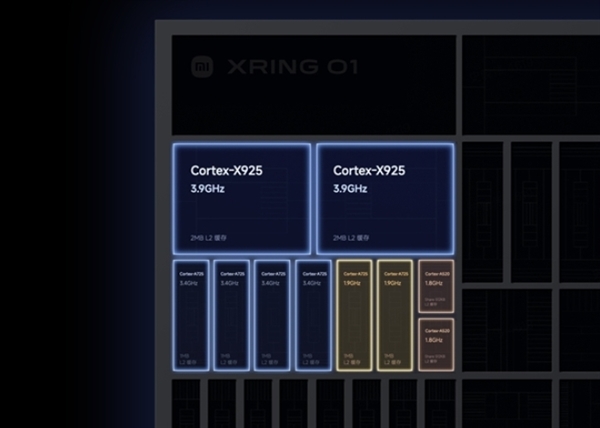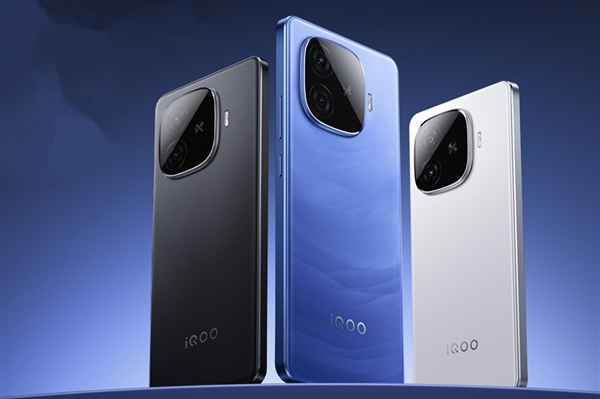
Time:2025-06-23Reading:810Second
On June 23rd, Kuai Technology reported that Samsung officially released its new flagship SoC - Exynos 2500.
The Exynos 2500 adopts a 3nm GAA process and a brand new 10 core (1 2 5 2) CPU architecture, consisting of 1 × 3.3GHz Cortex-X925 2 × 2.75GHz Cortex-A725 5 × 2.36GHz Cortex-A725 2 × 1.8GHz Cortex-A520.This combination happens to be very similar to the recently released Xiaomi Xuan Jie O1, but with slight differences in details.
The Xiaomi Xuanjie O1 is composed of 2 × 3.9GHz Cortex-X925, 4 × 3.4GHz Cortex-A725, 2 × 1.9GHz Cortex-A725, and 2 × 1.8GHz Cortex-A520.

The Exynos 2500 has one more A725 core than the Xuan Jie O1, but lacks one X925 super kernel, and both the super kernel and super kernel frequencies are lower than those of Xuan Jie O1, resulting in weaker theoretical performance than Xuan Jie O1.
In addition, the Xiaomi Xuan Jie O1 is a more stable TSMC 3nm, so its overall performance is still stronger.
From the perspective of running scores, this is indeed the case. The Geekbench 6 of the Exyons 2500 has a single core score of 2356 and a multi-core score of 8076; The Xiaomi Xuanjie O1 has a single core score of 3119 points and a multi-core score of 9673 points, with a significant difference.In terms of GPU, the Exynos 2500 integrates the Xclipse 950 GPU customized in collaboration with AMD, based on the AMD RDNA3 architecture. It uses 8 WGPs (Work Group Processor, equivalent to 16 computing units) and theoretically supports hardware ray tracing and other features.
The Xiaomi Xuan Jie O1 is a 16 core Immortalis-G925, which outperforms the Xclipse 950 of the Exynos 2500 in terms of core scale, and has stronger theoretical performance in graphics intensive tasks such as high frame rate games and complex modeling.
However, the current benchmark data is not clear, and the specific performance will be revealed through subsequent testing.





